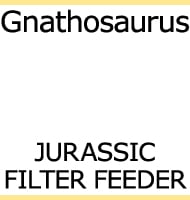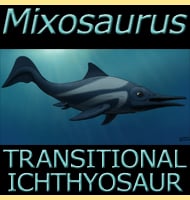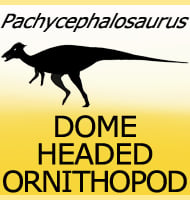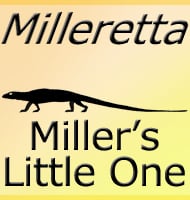Chubutisaurus
In Depth Chubutisaurus seems to have been a large but primitive titanosaur that lived in Chubut Province towards the end of the early Cretaceous, hence the name which means ‘Chubut lizard’. Although known from different members of the Cerro barcino Formation, possible predatory threats to Chubutisaurus might have included large theropod dinosaurs such as Genyodectes … Read more



